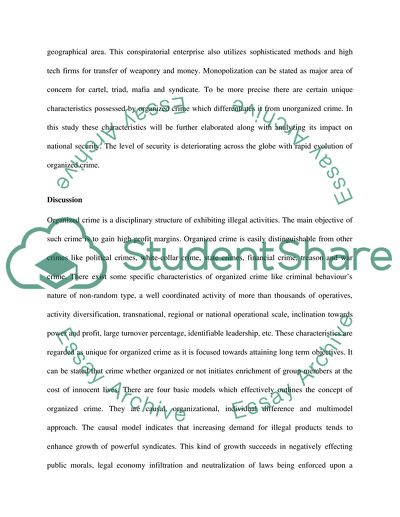Cite this document
(“Organized Crime Is a Threat to National Security Essay”, n.d.)
Organized Crime Is a Threat to National Security Essay. Retrieved from https://studentshare.org/social-science/1685936-examine-critically-the-idea-that-organised-crime-is-a-threat-to-national-security
Organized Crime Is a Threat to National Security Essay. Retrieved from https://studentshare.org/social-science/1685936-examine-critically-the-idea-that-organised-crime-is-a-threat-to-national-security
(Organized Crime Is a Threat to National Security Essay)
Organized Crime Is a Threat to National Security Essay. https://studentshare.org/social-science/1685936-examine-critically-the-idea-that-organised-crime-is-a-threat-to-national-security.
Organized Crime Is a Threat to National Security Essay. https://studentshare.org/social-science/1685936-examine-critically-the-idea-that-organised-crime-is-a-threat-to-national-security.
“Organized Crime Is a Threat to National Security Essay”, n.d. https://studentshare.org/social-science/1685936-examine-critically-the-idea-that-organised-crime-is-a-threat-to-national-security.


